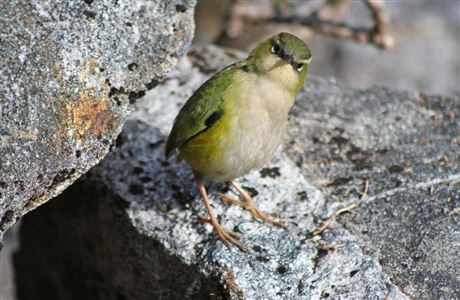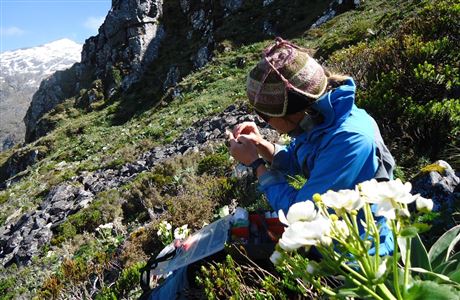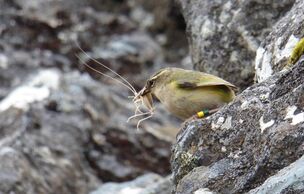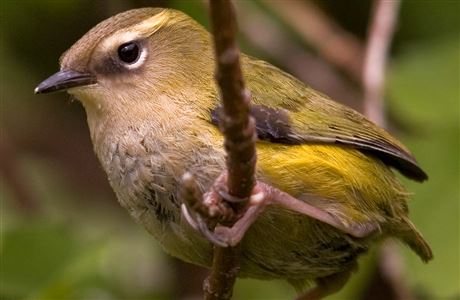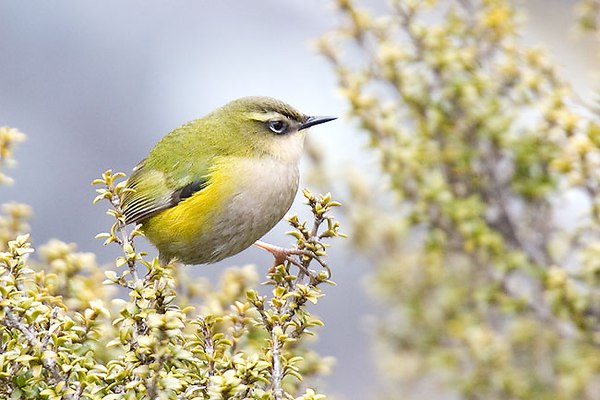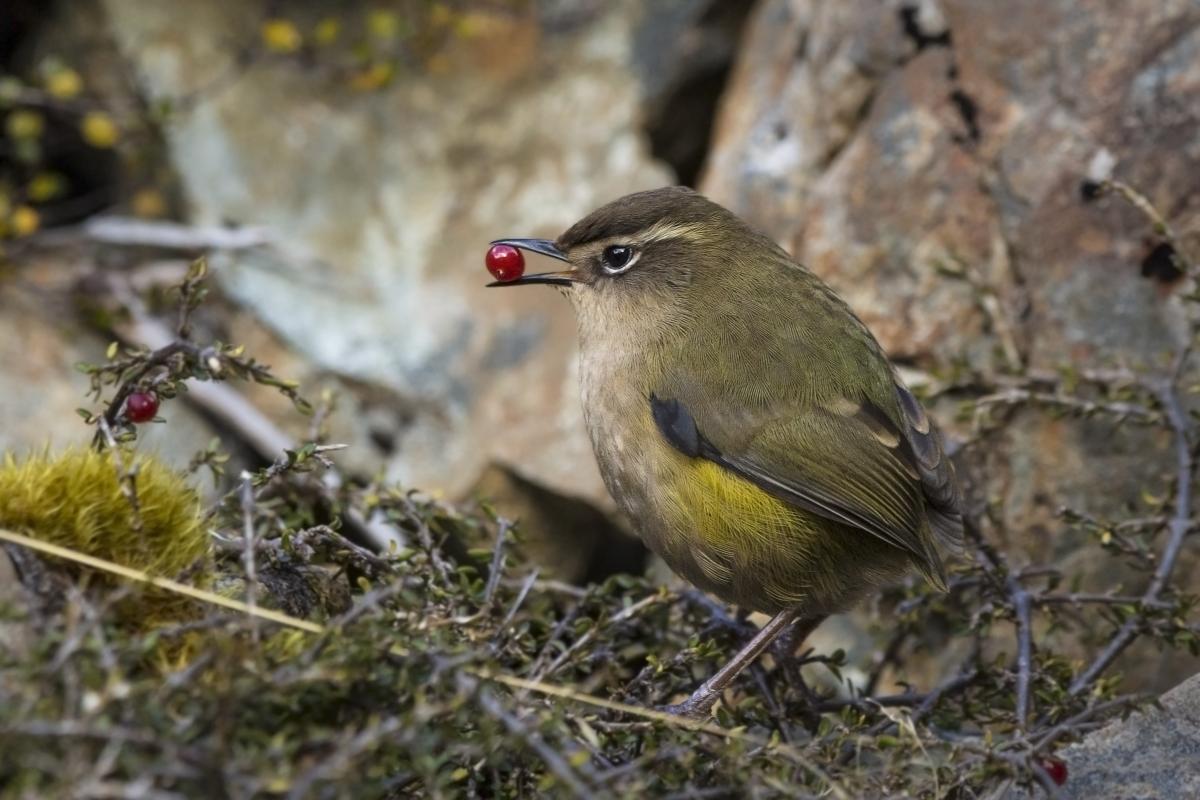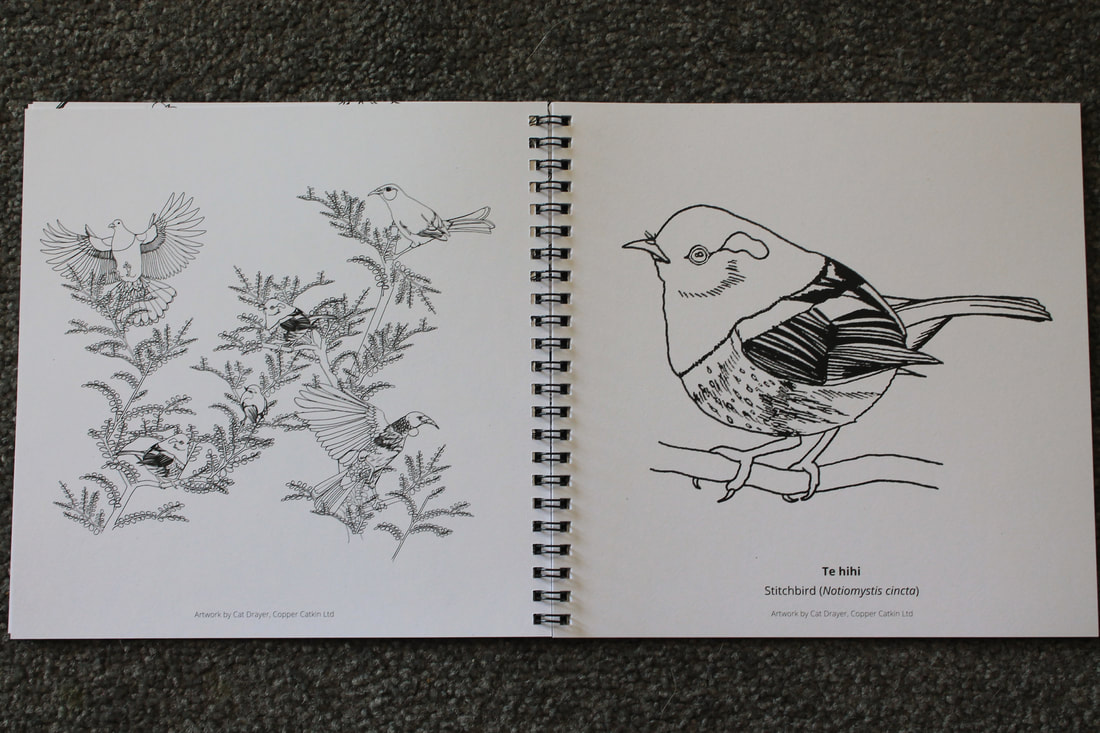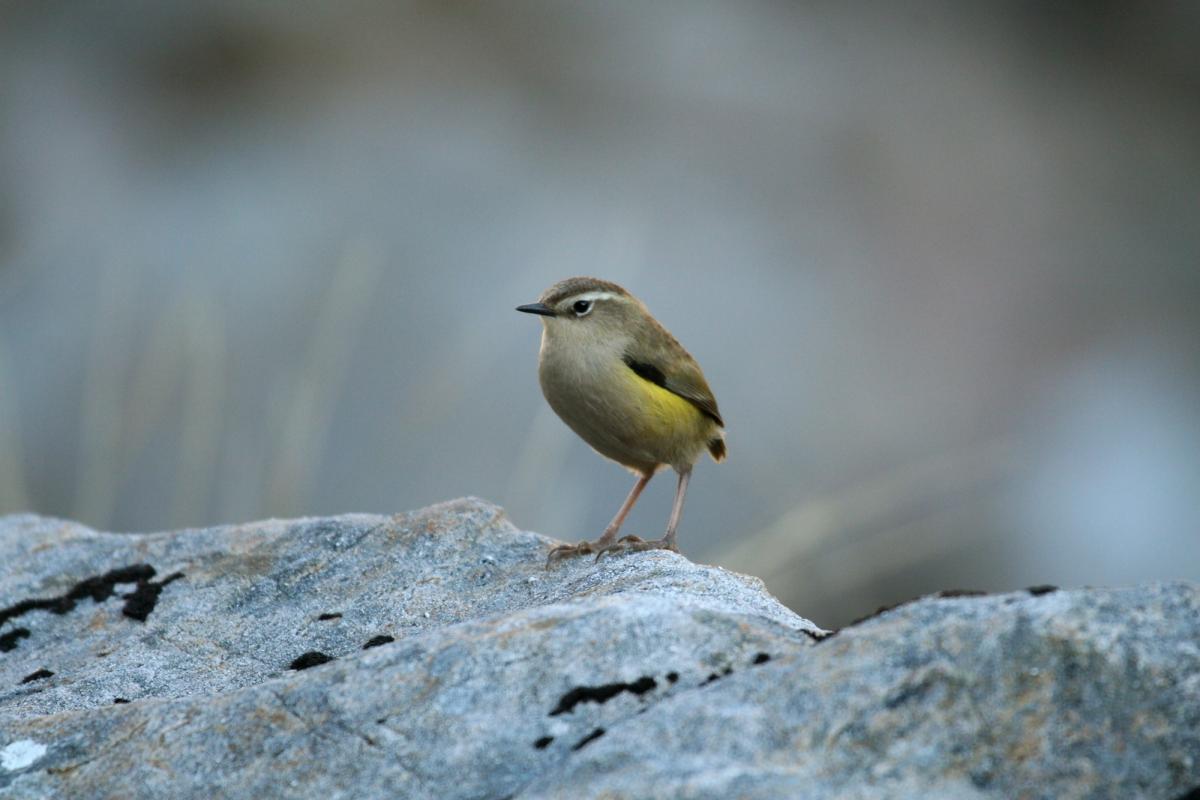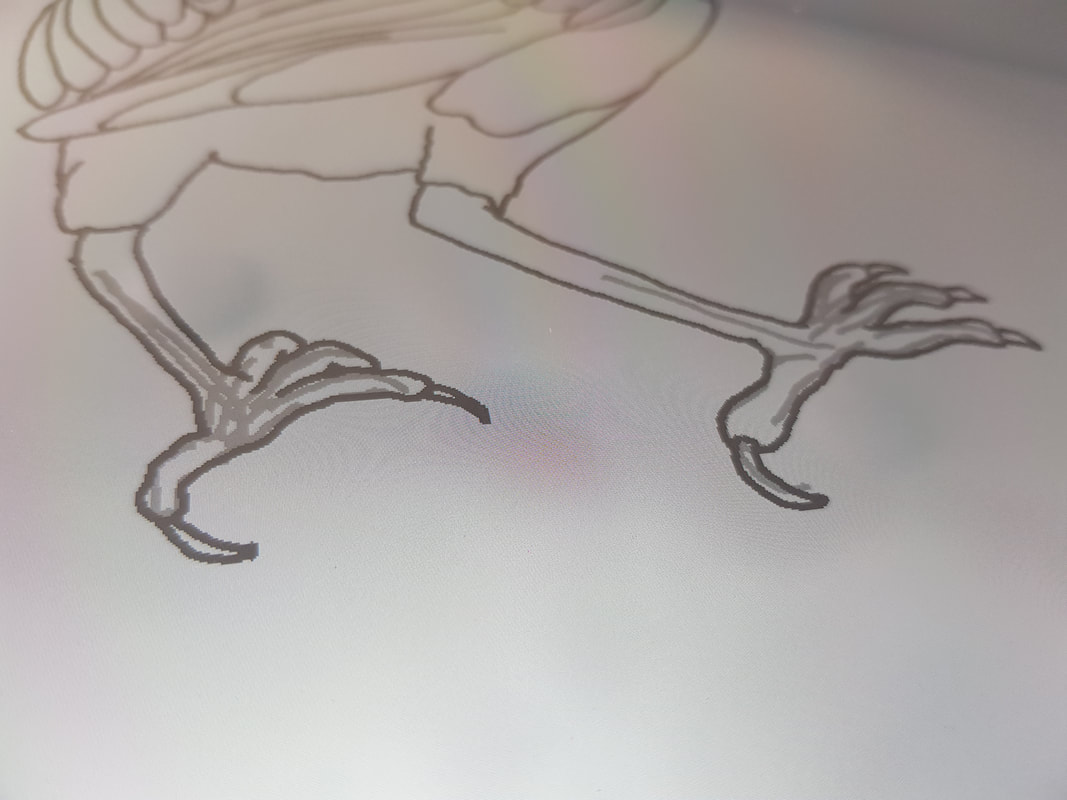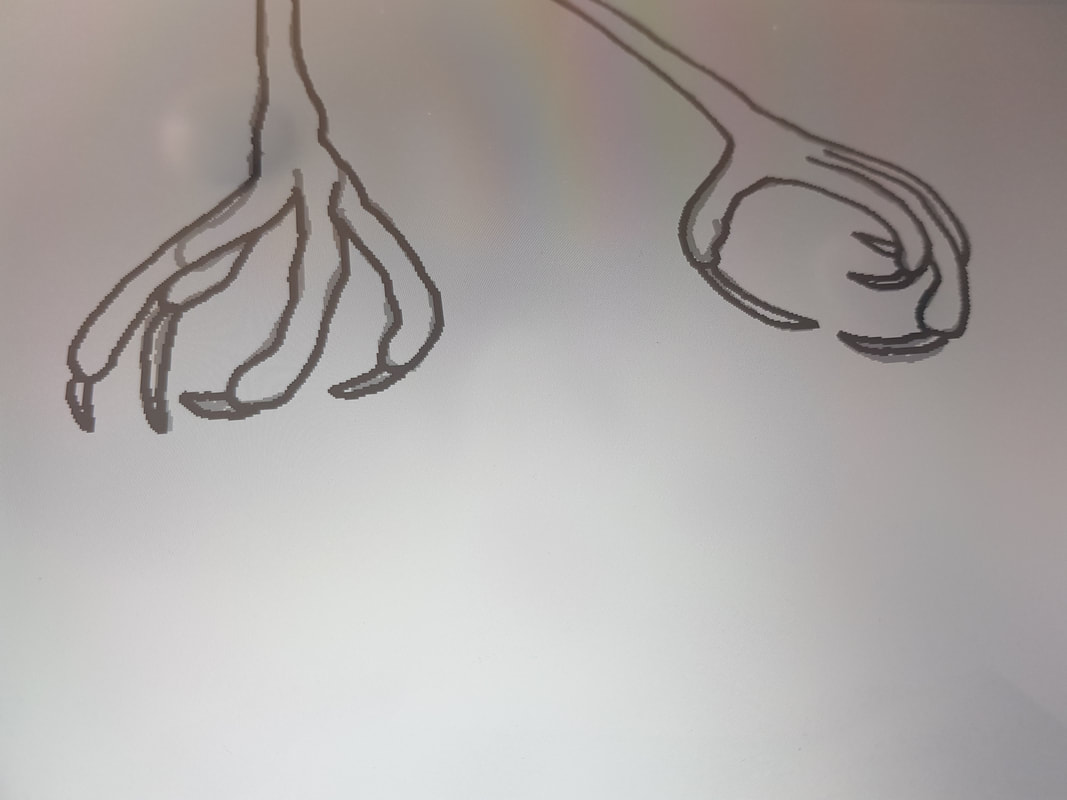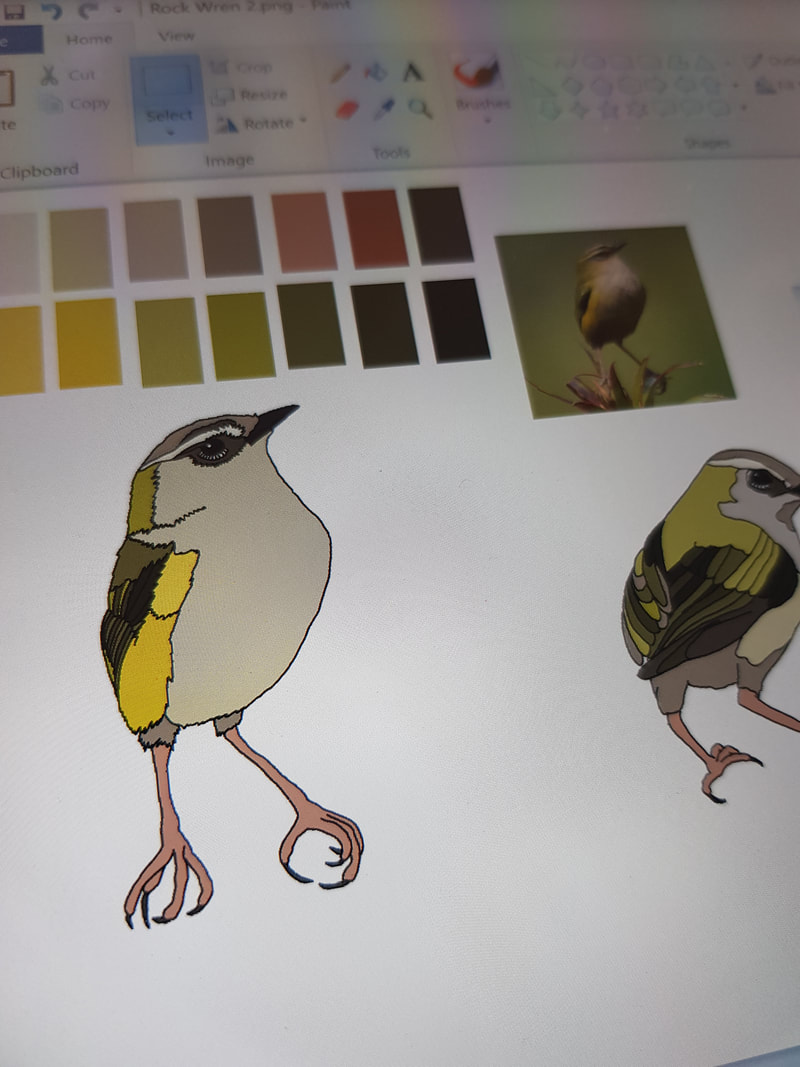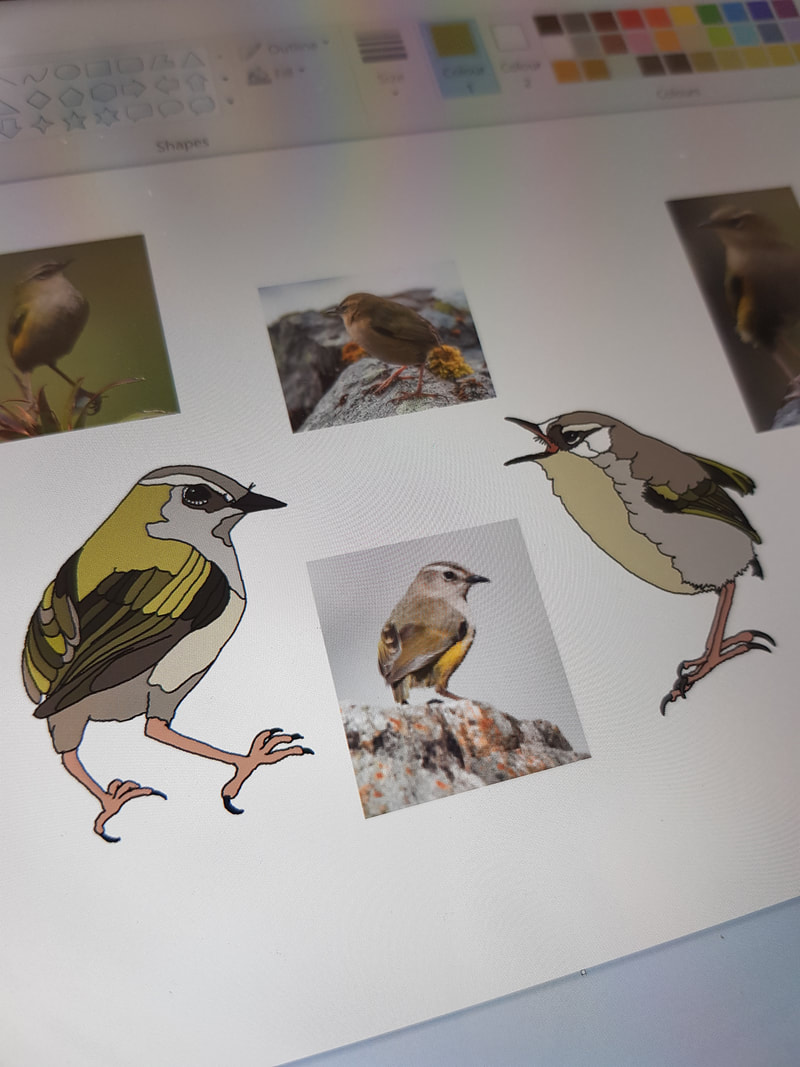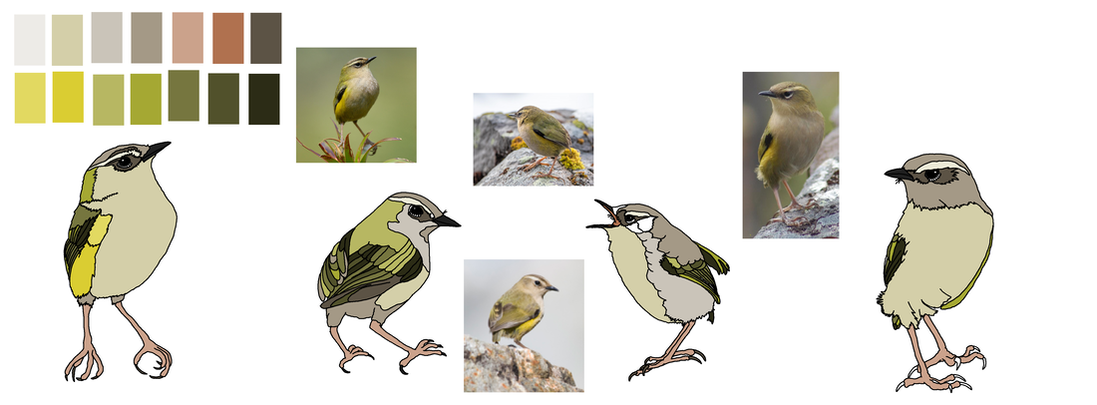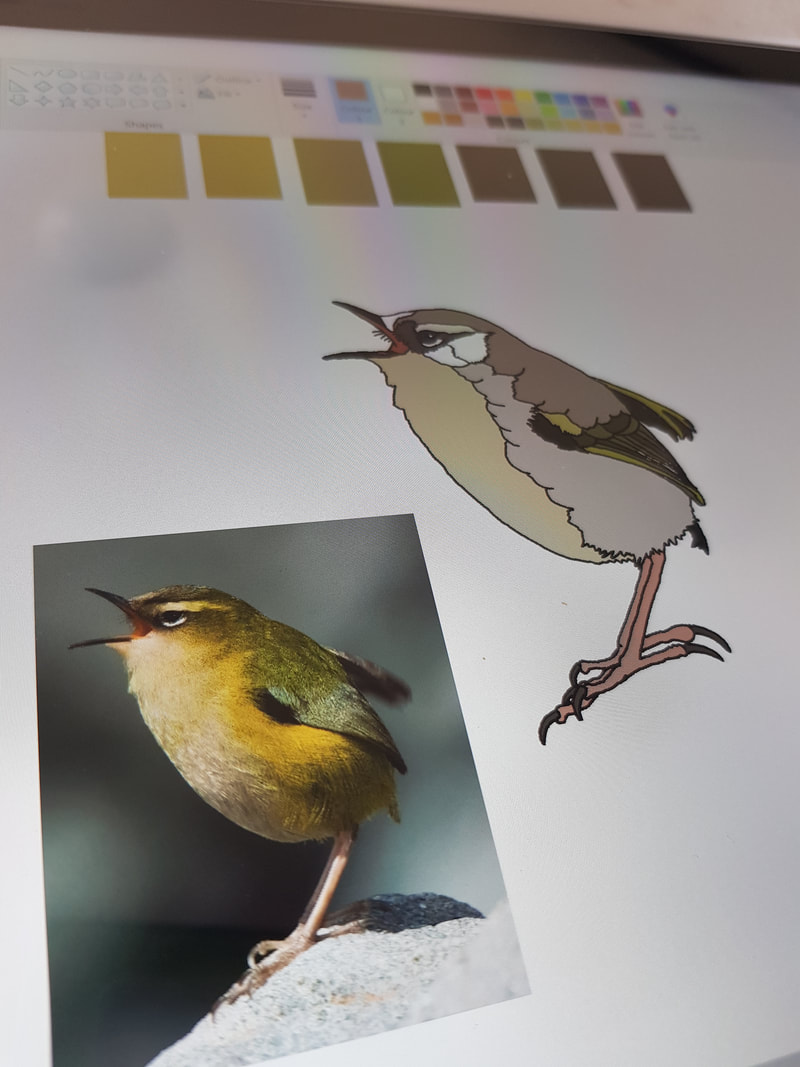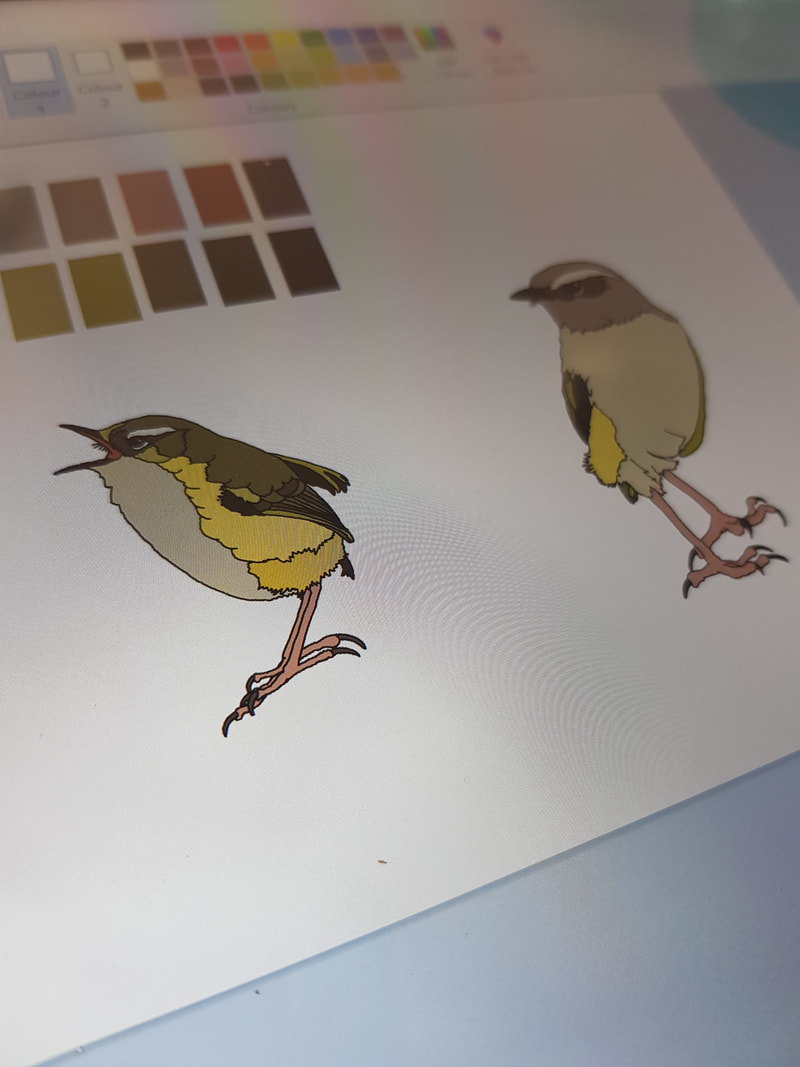My first – and only – alpine native bird
Rock wren are our only true alpine bird. It is unknown how they survive the harsh climate above the tree line all year round, but it is likely they continue to forage on rocky bluffs where snow has not collected and amongst large boulder fields. Some have suggested they may have a period of semi-hibernation.
Source:
DOC
Source:
DOC
Many aliases
This bird has so many names:
New Zealand rock wren, pīwauwau, piwauwau, mātuitui, matuitui, South Island wren, tuke
Source:
NZ birds online
Source:
Wikipedia
New Zealand rock wren, pīwauwau, piwauwau, mātuitui, matuitui, South Island wren, tuke
Source:
NZ birds online
The New Zealand rock wren (Xenicus gilviventris) is a small New Zealand wren (family Acanthisittidae) endemic to the South Island of New Zealand. Its Māori names include pīwauwau (“little complaining bird”), mātuitui, and tuke (“twitch”, after its bobbing motion). Outside New Zealand it is sometimes known as the rockwren or South Island wren to distinguish it from the unrelated rock wren of North America.Source:
Wikipedia
Rock wren anatomy and decription
The rock wren is a very small, almost tailless bird that prefers to hop and run on its long legs, and uses its rounded wings to fly only short distances. Males are 16 g, females 20 g. Males are greenish with yellow flanks and a pale underside, females tend to be browner, although the degree of difference between the sexes varies geographically.
Source:
Wikipedia
Source:
Wikipedia
The New Zealand wrens, Acanthisittidae, are a group that has been isolated for so long from its unknown primitive passerine (the ‘singing’ birds, which make up over half of all living bird species) ancestral stock as to have become an endemic infraorder. This family, including the rifleman, the rock wren (seen on postage stamps), and the bush wren (as well as several extinct species), consists of small, poor-flying and flightless insect-eating birds that have been distributed up and down the length of New Zealand, but are now much more restricted.
Source:
NEW ZEALAND SCIENCE TEACHER
This extract is from a really interesting short article about the evolution of wrens in New Zealand. I recommend reading it – it’s quick, and accessible. The first thing I thought when I looked at these photos was how much they reminded me of the wee rifleman that I drew as part of my native birds design.
Source:
NEW ZEALAND SCIENCE TEACHER
This extract is from a really interesting short article about the evolution of wrens in New Zealand. I recommend reading it – it’s quick, and accessible. The first thing I thought when I looked at these photos was how much they reminded me of the wee rifleman that I drew as part of my native birds design.
Time to draw
As usual, feet are the fiddliest bit.
But I think they have come out nicely!
Lots of fiddling with shades, and a brand-new palette for this one – apart from the beak and eyes.
And we’re all sorted!

